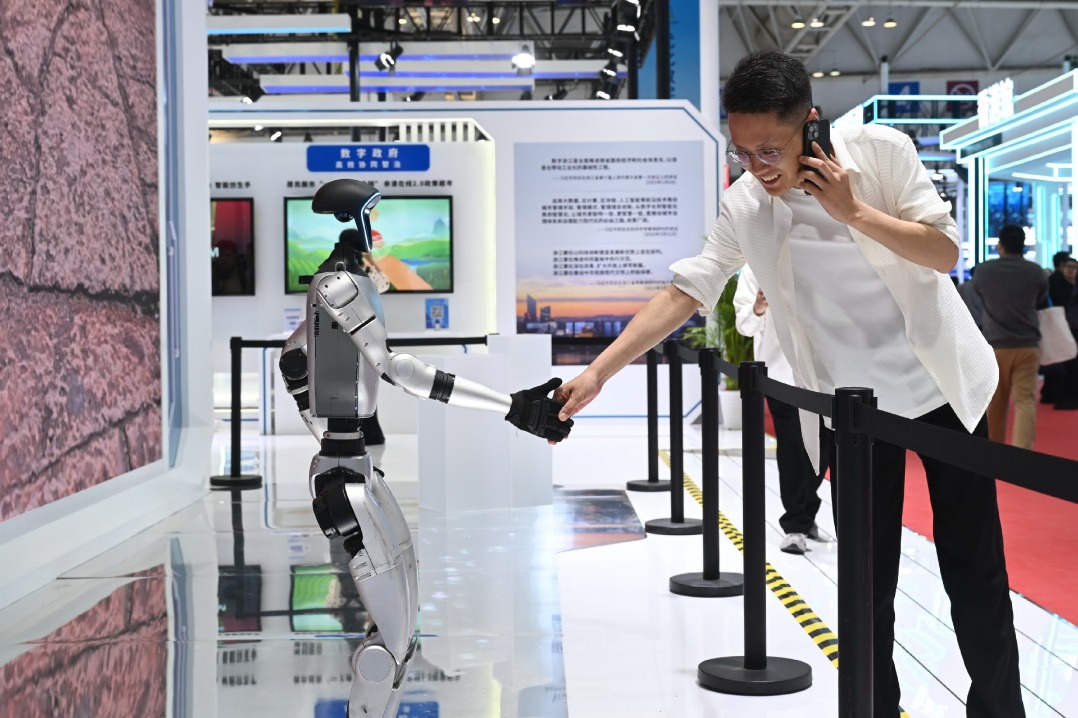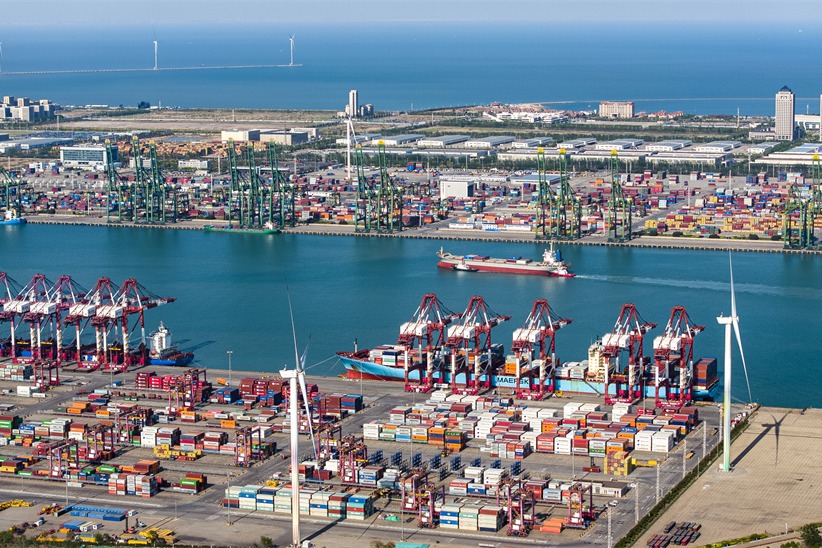China's digital boom sparks new high-skill careers


TIANJIN - New digital technologies are giving rise to a kaleidoscope of novel job positions across China, unlocking fresh economic growth opportunities while easing concerns that AI advancements might lead to job losses.
On Thursday, China's human resources authorities unveiled their latest list of newly recognized professions, including drone swarm flight planner and electronic circuit designer.
Additionally, 42 newly classified job types, such as generative AI systems testing and intelligent warehouse operations and maintenance, have been added to its roster.
This came less than a year after a range of new professions spawned by the digital economy were incorporated into the list last July. In the previous addition, new occupations included intelligent manufacturing maintenance engineer, live streamer, and user-growth operation specialist.
The surge in new occupations mirrors the accelerating transformation and upgrading of China's economy.
"Over 70 percent of these new occupations serve the field of new quality productive forces, covering cutting-edge fields such as digital economy, green energy and intelligent manufacturing," said Wang Linlin from Nankai University Business School.
New opportunities
In a testing facility in the northern city of Tianjin, Intelligent Connected Vehicle (ICV) tester Yao Zhonghua was deep in concentration, setting up a test scenario to evaluate an autonomous vehicle's Automatic Emergency Braking (AEB) system.
His tasks include installing steering and brake/throttle robots, connecting test cameras and controllers to the computer, and launching debugging software.
The role of an ICV tester was officially recognized as a new occupation last July, underscoring China's swift progress in smart mobility.
"I'm tasked with testing the effectiveness and reliability of these vehicles, and recording test images and data in real time," said 33-year-old Yao Zhonghua.
Yao, who studied vehicle engineering, joined this automotive testing facility six years ago. "I used to work on developing car window and door controllers, which was more traditional," said Yao.
As China's autonomous driving systems grow increasingly sophisticated, Yao has embraced the need to master new digital skills.
In the AEB test, Yao used a robot to accelerate the vehicle to 60 km/h and maintain a steady trajectory. The car's sensors detected the test dummy, activating the AEB system to prevent a collision, while all scenario data was recorded.
"I evaluate the driving assistance system in diverse scenarios and weather conditions, with each function undergoing hundreds of validations," said Yao, who saw his workload surge alongside China's rapid adoption of intelligent driving technology.
Also, the digital economy is driving the creation of higher-paying jobs in emerging sectors.
Like Yao, Zhang Fan was a regular vehicle engineer a decade ago. Recognizing the vast potential of smart mobility, he independently mastered autonomous driving and IoT technologies -- a move that earned him a 30 percent salary increase upon joining an ICV team.
Talent shortages
Amidst China's push for low-altitude economy, drone performance has become a booming business, generating a huge demand for more sophisticated piloting jobs like the drone swarm flight planner.
China's drone market is forecast to experience continuous growth from 2024 to 2029, surpassing 600 billion yuan ($82.8 billion) by 2029, with a compound annual growth rate of 25.6 percent.
An April report from China's National Data Administration reveals that core digital economy industries now contribute approximately 10 percent of GDP, while innovative forms of digital consumption continue to flourish.
McKinsey & Company forecasts that China will require six million AI professionals by 2030, but could face a shortfall of four million. The country's current digital talent gap, estimated at 25 to 30 million workers, continues to widen.
China has launched AI programs in over 500 universities to close the gap, which is one of the fastest expansions of academic disciplines in its history.
A 2024 statistic has shown that about 350 vocational colleges nationwide now provide a three-year program in drone application technology, aiming to train more specialized professionals.
"The emergence of new occupations is driving the workforce to shift from low-value industries to high-skill areas, enhancing overall employment quality," said Wang.




































